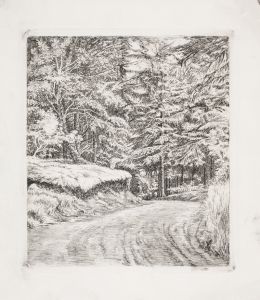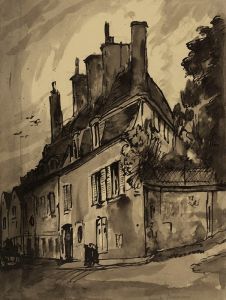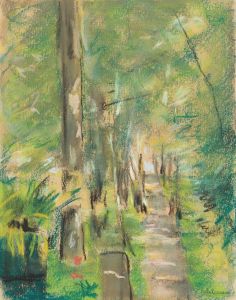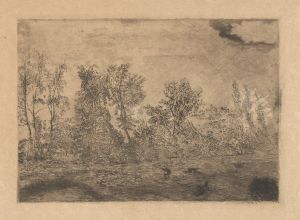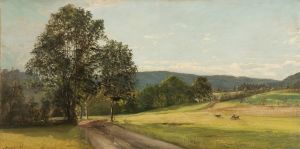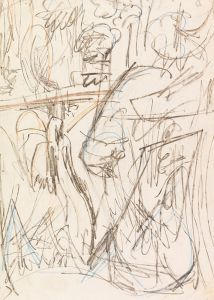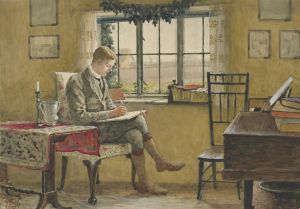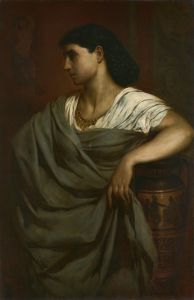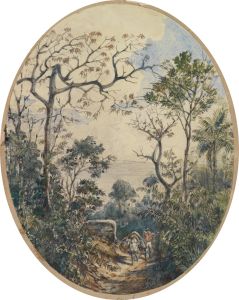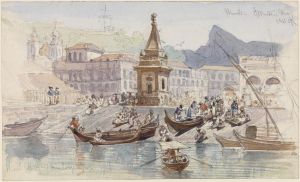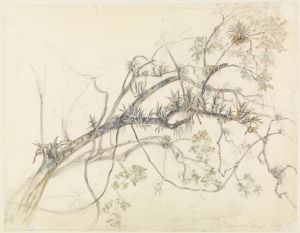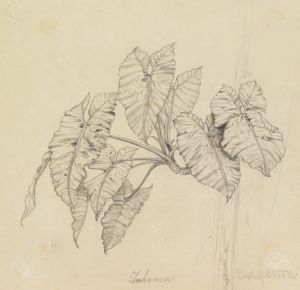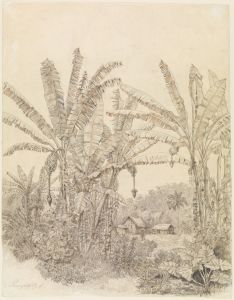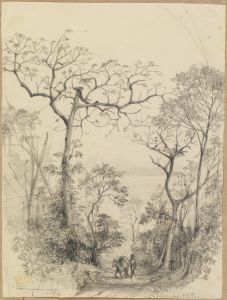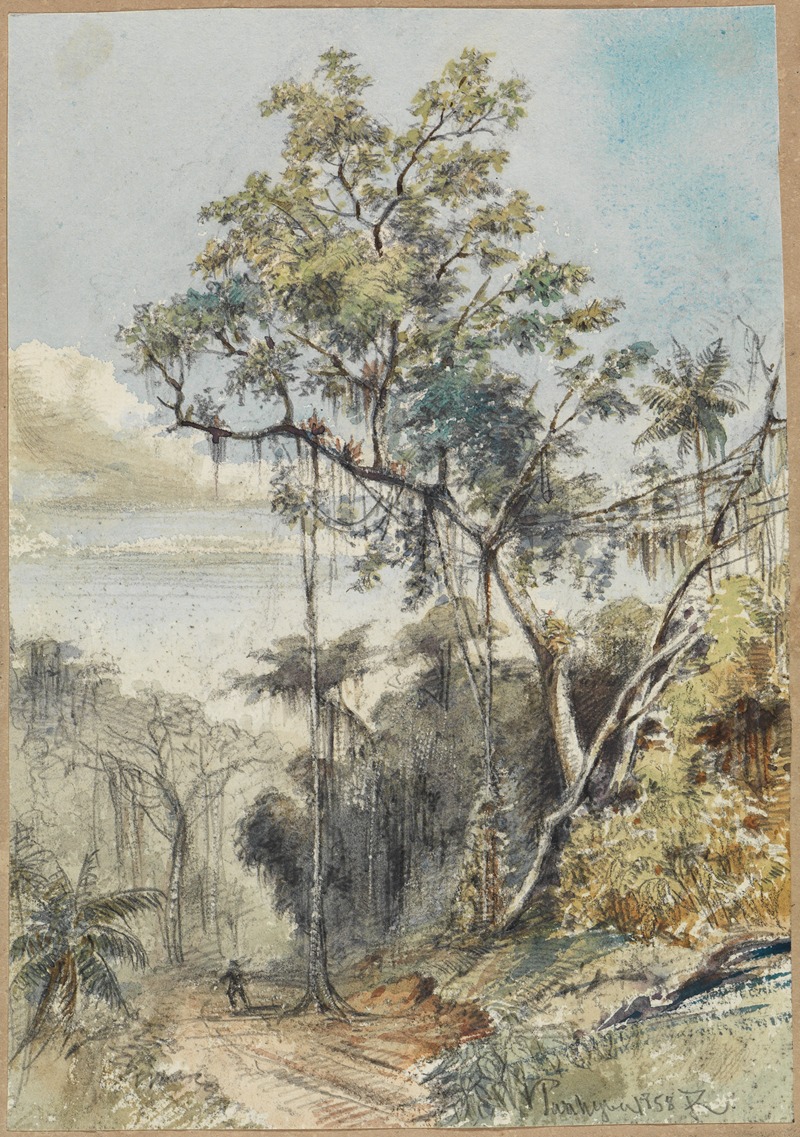
Farbige Baumstudie im Urwald an einem Weg
A hand-painted replica of Ferdinand Keller’s masterpiece Farbige Baumstudie im Urwald an einem Weg, meticulously crafted by professional artists to capture the true essence of the original. Each piece is created with museum-quality canvas and rare mineral pigments, carefully painted by experienced artists with delicate brushstrokes and rich, layered colors to perfectly recreate the texture of the original artwork. Unlike machine-printed reproductions, this hand-painted version brings the painting to life, infused with the artist’s emotions and skill in every stroke. Whether for personal collection or home decoration, it instantly elevates the artistic atmosphere of any space.
Farbige Baumstudie im Urwald an einem Weg is a painting by the German artist Ferdinand Keller, who was active during the 19th and early 20th centuries. Keller was known for his landscape paintings, historical scenes, and portraits, and he played a significant role in the art scene of his time, particularly in Germany.
Ferdinand Keller was born on August 5, 1842, in Karlsruhe, Germany. He studied at the Academy of Fine Arts in Karlsruhe and later in Munich, where he honed his skills in painting. Keller's work is characterized by his attention to detail and his ability to capture the essence of the natural world, which is evident in his landscape paintings. His artistic style was influenced by the Romantic movement, which emphasized emotion and individualism, as well as the beauty of nature.
The painting Farbige Baumstudie im Urwald an einem Weg, which translates to "Colorful Tree Study in the Jungle by a Path," showcases Keller's fascination with nature and his skill in depicting it. The painting features a lush, vibrant forest scene with a path winding through it. The use of color in the painting is particularly striking, with rich greens and earthy tones that bring the forest to life. Keller's attention to detail is evident in the intricate depiction of the trees and foliage, which adds depth and realism to the scene.
Keller's work often reflected his interest in exotic and distant landscapes, which was a common theme among artists of the Romantic period. This interest was likely influenced by the broader cultural fascination with exploration and the natural world during the 19th century. While Keller did not travel extensively outside of Europe, he drew inspiration from the accounts of explorers and the natural history studies that were popular at the time.
Throughout his career, Ferdinand Keller held several prominent positions in the art world. He became a professor at the Academy of Fine Arts in Karlsruhe, where he influenced a new generation of artists. His contributions to the art community were significant, and he was well-respected by his peers. Keller's work was exhibited in various art exhibitions, and he received numerous accolades for his contributions to the field of painting.
Farbige Baumstudie im Urwald an einem Weg is an example of Keller's ability to capture the beauty and complexity of the natural world. The painting not only reflects his technical skill but also his deep appreciation for nature. It stands as a testament to the Romantic ideals that influenced his work and the broader cultural context of the time.
Ferdinand Keller passed away on July 8, 1922, in Baden-Baden, Germany. His legacy lives on through his paintings, which continue to be appreciated for their beauty and artistic merit. Farbige Baumstudie im Urwald an einem Weg remains a notable example of his work, highlighting his contribution to the landscape genre and his place in the history of German art.





